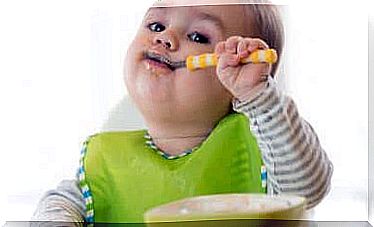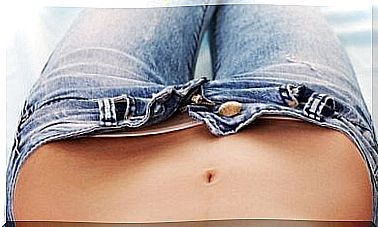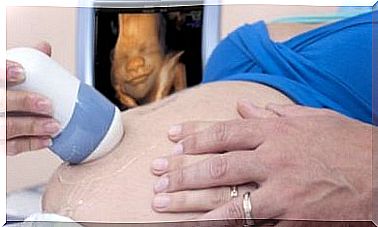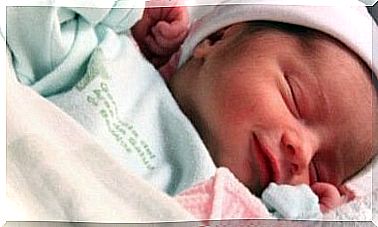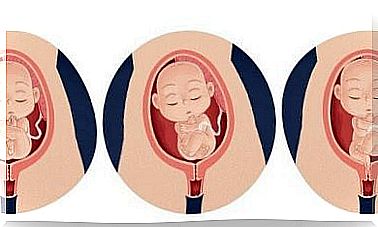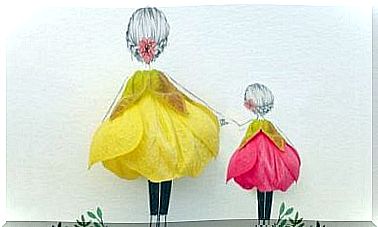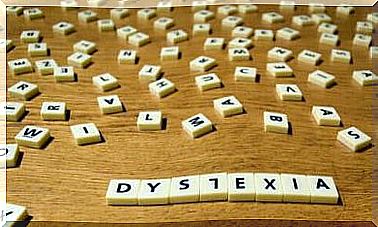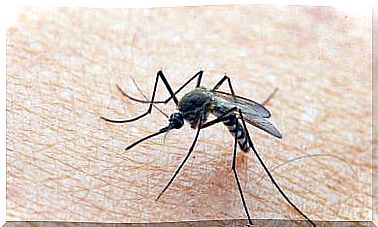Check The Diaper: What Your Baby’s Feces Can Tell You

Although it may seem crazy to some people, there is something universal that new parents are all talking about: their baby’s feces. It may not be the nicest topic of conversation at the dinner table, but it’s important to talk about it. The color, texture and quantity of the stool can give you important clues about your baby’s health.
Barnbeck, or meconium
Your baby’s first stool is called baby beak, or meconium, and it consists of everything the baby has ingested in the womb. For example, this includes amniotic fluid and skin cells. This stool usually has a dark green color and a sticky texture.
After a few days, your baby’s stools should change texture and become watery and lighter. If it does not, or if your baby does not poop after the first few days, it may mean that he is not getting enough nutrition. In this case, you need to talk to your pediatrician.
How often should children poop during the first days of life?
During the first four to six weeks of life, you can expect your baby to have a bowel movement after almost every feeding. Your baby’s feces will look different depending on whether you are breastfeeding, breastfeeding or a combination of the two.
The stools of children who drink exclusively breast milk are often yellow and runny. The stools of children who drink infant formula are usually darker and thicker.

If your baby is breastfeeding, it is not uncommon for him or her to have less poop than a baby being fed with a replacement. It is also common for breastfed babies to walk for two to three days without having a bowel movement. But if your child looks happy and has a soft stomach, he or she will probably feel fine.
If your baby drinks infant formula , your baby’s feces may be darker and have a firmer consistency. The stool can have the same consistency as mayonnaise, and the color varies from yellow to green-brown or light brown.
These children poop at least once a day. It is important to check the consistency. If the stool is shaped like sausages or pellets, it may indicate constipation. It is then important to talk to your pediatrician as it may be a sign of an allergy. If it is bad enough, you may need to switch to another replacement.
A rainbow in the diaper: How to interpret the color of your baby’s stool
The color and texture of a child’s stool is usually a good indicator of potential health problems. The first tip for new parents is not to panic. Also, do not forget the relationship between stool and food. For example, a red stool can only be the natural result of eating beets.
With that said, we should add that if you see anything unusual, do not hesitate to bring the diaper to your pediatrician. It can actually help your doctor make a diagnosis. Here are some facts about what each color of your baby’s feces can mean:
Green
This is very common among children who are fed with a baby bottle, and it is not a cause for concern. Iron in the replacement can make the stool dark green. It can also mean that your child is fighting a stomach virus. If he has gas in his stomach or other discomfort, it may mean that he is allergic to cow’s milk.
White or gray
If your child is still breastfeeding or taking a replacement and is under 6 months, and the stools become like chalk and white-gray, you should definitely see your pediatrician.
White stools can mean that the liver is not working properly. If your child eats solid food, the same color may depend on his diet. If this is not the case, it is important to have a doctor examine him. In fact, it can be a problem with the liver or gallbladder.
Orange
In fact, the baby’s first solid food may cause orange stools. Usually this is not a problem. It can also happen if the mother has taken certain medications or eaten artificial dyes.
RED
Some red spots are not something to worry about. Red spots can occur if the child is constipated and makes an effort to poop. If he has just started eating solid food, you need to go through every type of food he eats.
If he has really bloody stools, it could mean that he has an infection, allergy or gastrointestinal injury. Therefore, it is important that you have your pediatrician examine him.
Black
Black stools can be caused by iron in the baby’s diet, which is not a cause for concern. It may also mean that you are taking iron supplements. Iron from hemoglobin can also darken your baby’s stools. This can mean that there is an intestinal bleeding. If you see black stools, do not hesitate to take your child to the doctor.
If your baby’s feces are yellow
Mustard yellow stools are very common among breastfed babies and are also not uncommon among those who drink substitutes. If the stool is light yellow, it may be from medication or food that the mother eats.


